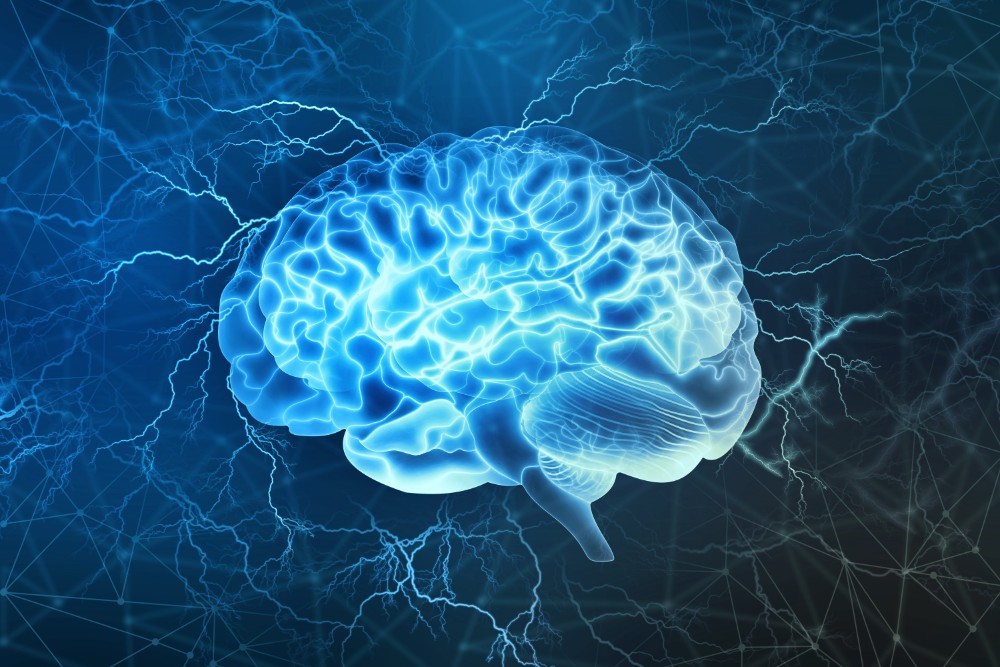There are scientists at the National Institute on Drug Abuse (NIDA) beginning to look into the brains of opioid users, attempting to find answers regarding medicines that treat substance use disorders (SUDs). Specifically, these researchers look at medicines for opioid use disorder (OUD), such as methadone, and recognize the fact that they ease cravings and withdrawal, but ask questions about whether they may heal the brain damage from the substance use, and which medicines work best for each unique patient. At this point, very few of the over 2 million opioid users in the United States who need these addiction-battling medicines receive them.
Addiction is a disease, not a choice, and particularly affects the brain. Therefore, addiction to opioids causes changes within the brain in ways that leave those who quit using the substances vulnerable to relapse. Researchers and studies point to these vulnerabilities lessening due to long-term abstinence, but the question remains how we get OUD sufferers to a place of consistent abstinence. Furthermore, not providing medications to members of this population who may require them for recovery is comparable to not offering insulin to a person with diabetes.
Myths About Methadone and Other Medicines Persist Despite Research Findings
Science and research point to specific medicines used for treating OUD, such as Naltrexone, buprenorphine, and methadone. Naltrexone blocks opioid effects, and buprenorphine and methadone stimulate the dopamine system more gently than other opioids so there is less craving and no high. However, the myth persists that these medications merely replace one drug for another. However, the brain reacts differently to these prescribed medications than it does to illegal opioids. Research even proves that some of these medicines cut the chances of death in half for those suffering from OUD.
As with any disease or chronic illness, different medications affect people in various ways. Some medicines work for some people, and some do not: This is because everyone’s brain circuitry reacts differently to everything, including SUDs and OUD. The researchers expect that research into the brains of opioid users will find that buprenorphine improves emotional responses and mood towards substance use better than methadone, due to subtle differences in the ways that each medicine works.
The Research into the Brains of Those With OUD
One theory is that medication-based treatments may help heal damaged neural networks within the brain by getting the individual suffering from the OUD back to normal faster than they could on their own without medication. These medications create stability within the brain, which helps repair and renovates its response to everyday pleasures. However, this theory requires brain scans from participants in the early stages of treatment, willing and healthy enough to participate, while amid the beginning stages of recovery.
The research aims to test at least 80 participants, utilizing a combination of untreated heroin users and patients using various medication-based treatments. Then, they would test the participant’s brains using the National Institutes of Health’s brain scanners at their research hospital.
The researchers would measure variations and differences in their brain’s abilities to release dopamine as their treatment advances, and measure how their other neural networks function and change in response as the participants in the study engage in a variety of tasks. For example, the study would aim to see if a patient’s brain remains engaged and fixated on visual cues related to substance use by utilizing pictures that show objects such as cupcakes and bicycles mixed in with photos of heroin.
Then, the researchers track the participant’s brain’s reactions to the sight of the drug that caused their OUD. The question is whether their brain remains fixated on the pictures related to drug use, or whether their brain continues to react to subsequent pictures of normal stimuli such as cupcakes and bicycles.
The Hope for This Research
Researchers and specialists remain hopeful that they will obtain enough qualified study participants to measure brain scans and establish whether medication-assisted treatment heals brains damaged through substance use, particularly opioids. The hope is that NIDA’s brain scans will provide answers and improve the response to the opioid crisis on the public health level.
The Challenges of Finding Participants
After screening over 400 people interested in participating in this study, the researchers only found around three dozen potentially qualified candidates. Seven of them enrolled in the study so far. The main challenge is that participants in the study cannot have any other health issues or problems that may affect their brain’s function or chemistry within their brain. Therefore, people on medications such as antidepressants cannot participate. Furthermore, these stipulations rule out those people with diabetes or high blood pressure.
The researchers understand that although the challenges in finding participants may be great, and it is rare to find volunteers that qualify, the brain scans require these strict specifications. Otherwise, the before and after brain scans will merely show different looking brains, and then one would not even be able to tell the differences with their own eyes. In particular, the researchers want to test people who relapse and who have relapsed, to try and spot differences within their brains and their treatments.
Are You Looking for Help with an OUD or SUD?
All substance use negatively affects and impacts brain function, on top of the social and physical effects it may cause. Research on the brain and the impact of treatment on it is imperative to advancing treatment approaches, understanding, and knowledge of opioid use and the opioid epidemic. The facts remain that substance use disorders and opioid use disorders require multidimensional approaches involving combinations of psychological, social, and biological therapies. At Fort Worth Recovery, we understand the complexities of addiction and recognize the individual differences that accompany substance use.
If you or someone you love is struggling with addiction, now is the time to seek help. At Burning Tree Ranch, we specialize in long-term care that produces real results, especially for those who have experienced a relapse. Here you will find a team of qualified and compassionate professionals, ready to help each client through a customized treatment program that addresses all aspects of addiction, including the identification of co-occurring disorders. We know that the journey towards recovery doesn’t end with the conclusion of an inpatient program, which is why we provide extensive aftercare programs to best support our clients during their transition into lasting sobriety. We also know that addiction affects the whole family, and therefore loved ones are encouraged to participate in the recovery process and take advantage of all our support resources. For more information, call us today at (877) 389-0500|
.

